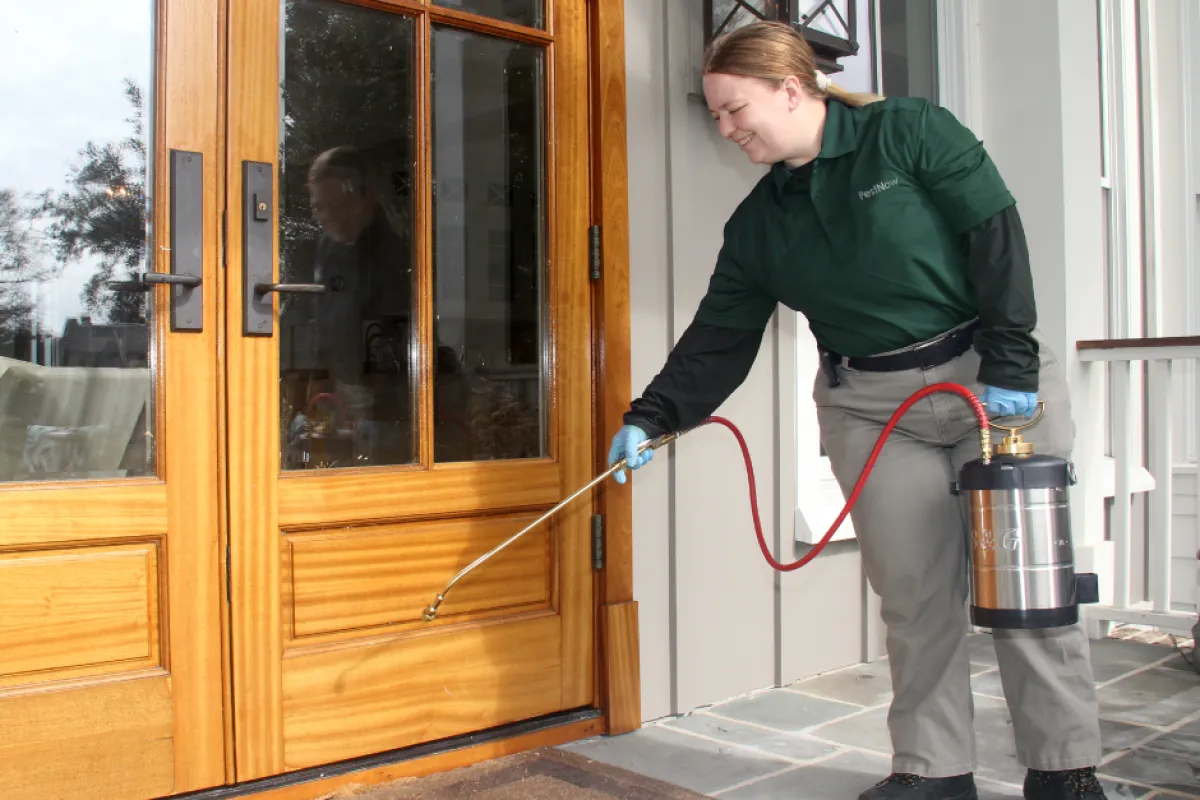Bed Pest Treatment Failure: Contrasting Chemical Vs. Non-Chemical Solutions
In the realm of parasite control, particularly when dealing with the persistent problem of bed insects, the option between chemical and non-chemical treatment services can be an essential one. Both approaches offer distinctive advantages and drawbacks, influencing variables such as efficiency, security considerations, and total cost. By examining the nuanced details of each method, a more clear understanding of which course to pursue in attending to a bed insect invasion can be acquired.
Effectiveness of Chemical Treatments
Chemical treatments for bed pest problems have been extensively identified for their powerful and rapid efficacy in eliminating these pests. When considering the effectiveness of chemical therapies, it is vital to recognize that they can give a thorough and quick service to a bed bug problem.
Furthermore, chemical treatments have the advantage of supplying residual impacts, implying that they can remain to remove bed pests even after the preliminary application. This recurring action is particularly advantageous in combating any kind of possible re-infestations. Additionally, the rapid activity of chemical treatments can bring alleviation to individuals facing severe bed bug problems, allowing them to restore control of their living rooms rapidly.
Safety And Security Interest In Chemical Solutions
One important facet that needs cautious consideration when making use of chemical solutions for bed bug treatment is guaranteeing the security of occupants and the setting. Exposure to particular chemicals made use of in bed insect therapies can lead to breathing concerns, skin irritability, or other unfavorable responses, especially in people with pre-existing conditions or level of sensitivities.
Additionally, the ecological impact of chemical remedies is an additional considerable factor to consider. Some chemicals made use of in bed bug therapies might be hazardous to useful bugs, wild animals, and ecological communities if they seep into the soil or water supply. It is vital to make use of chemical therapies carefully, following safety and security guidelines, and considering less poisonous options to alleviate these dangers and ensure the efficient and safe management of bed bug invasions.
Benefits of Non-Chemical Techniques
Thinking about the possible safety concerns and ecological effect linked with chemical remedies for bed bug therapy, exploring non-chemical strategies offers a promising alternative with several distinctive advantages. Non-chemical therapies are environmentally pleasant, as they do not add to air or water pollution, making them a lasting choice for pest control.
Furthermore, non-chemical remedies can be efficient in targeting bed bugs, consisting of hard-to-reach locations where chemical treatments may not penetrate - A1 charlotte pest control companies. Techniques such as warmth treatment, vacuuming, steam cleansing, and mattress encasements supply detailed eradication without the use of harmful chemicals.
Limitations of Non-Chemical Treatments

Additionally, non-chemical therapies typically need multiple applications to attain effective elimination. This can be lengthy and might not constantly guarantee full removal of all bed insects and their eggs, specifically in surprise or hard-to-reach locations.
Moreover, the success of non-chemical treatments greatly depends on proper implementation and thoroughness, which can be testing for individuals without expert knowledge. Poor application of non-chemical techniques may lead to insufficient eradication, causing persistent infestations and the need for additional therapies.
As a result, while non-chemical treatments have their benefits, it is necessary to recognize these restrictions and consider them when figuring out one of the most efficient approach for managing bed insect infestations.
Cost Comparison: Chemical Vs. Non-Chemical Options
Provided the limitations related to non-chemical therapies, an essential facet to evaluate in the context of bed bug monitoring is the expense comparison between chemical and non-chemical choices. Chemical therapies typically entail the application of insecticides by experts, which can vary from $250 to $900 per area, relying on the seriousness of the problem and the size of the area to be dealt with. On the other hand, non-chemical treatments like warm treatment or heavy steam can be much more expensive, with prices ranging from $1,000 to $6,000 for an entire home. my website While the preliminary expense of chemical treatments might appear lower, numerous treatments might be called for to totally remove the problem, potentially click here for more info enhancing the overall cost. On the various other hand, non-chemical alternatives may offer a much more lasting and eco-friendly solution, although they can be cost-prohibitive for some individuals. Inevitably, when taking into consideration the cost of bed bug treatment choices, it is crucial to weigh the in advance expenses against the effectiveness and lasting sustainability of the picked method.
Conclusion

Thinking about the prospective safety problems and environmental impact associated with chemical services for bed insect treatment, checking out non-chemical methods provides an appealing choice with a number of distinct benefits.Offered the constraints linked with non-chemical therapies, a vital element to evaluate in the context of bed pest administration is the price comparison in between chemical and non-chemical choices. In contrast, non-chemical treatments like warm treatment or heavy steam can be a lot more pricey, with costs varying from $1,000 to $6,000 for a whole home. While the preliminary expense of chemical therapies might you can try these out seem lower, numerous treatments may be called for to totally eradicate the infestation, possibly increasing the general cost.In conclusion, when comparing chemical and non-chemical bed pest treatment options, it is crucial to consider performance, safety and security, benefits, constraints, and expense.